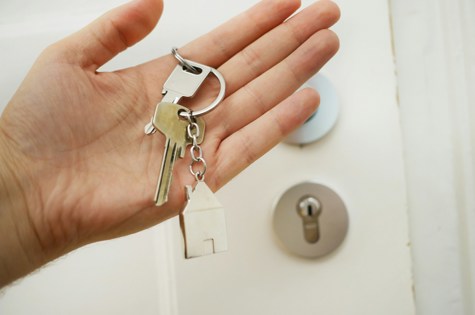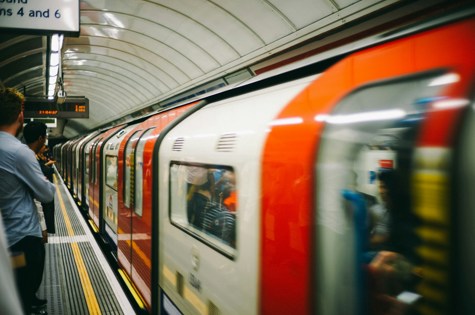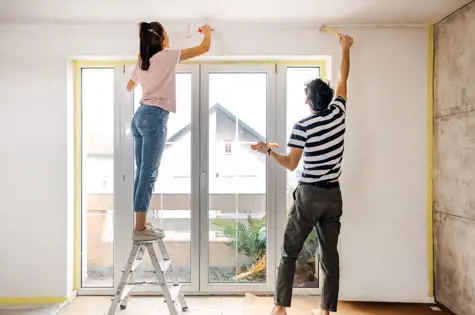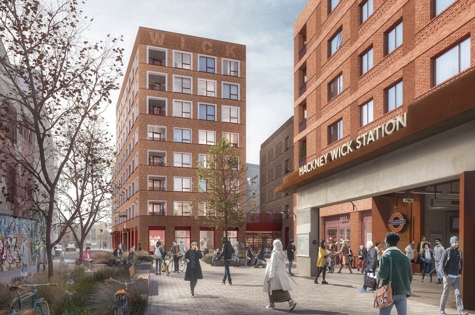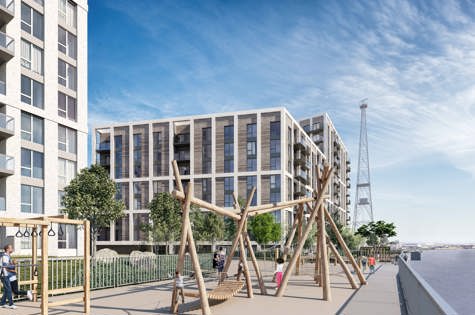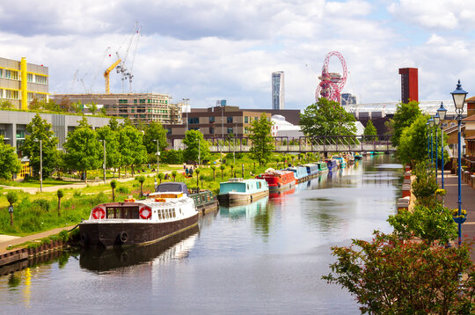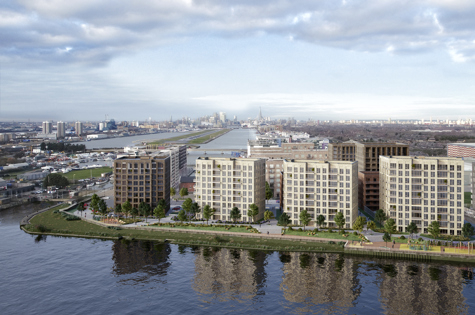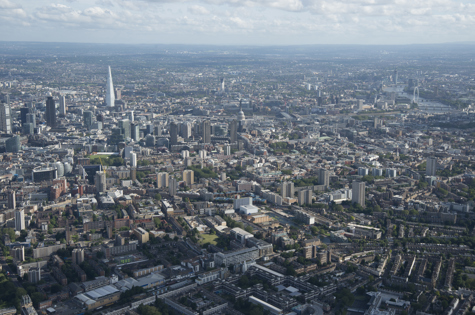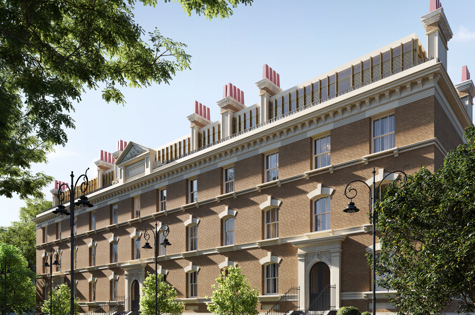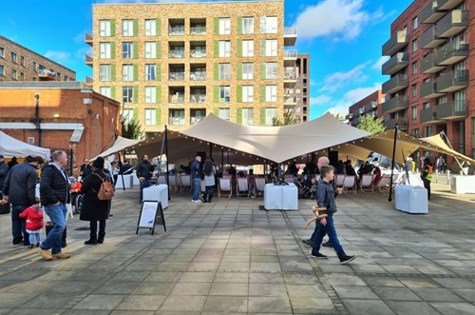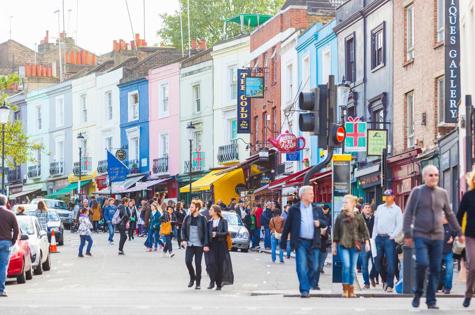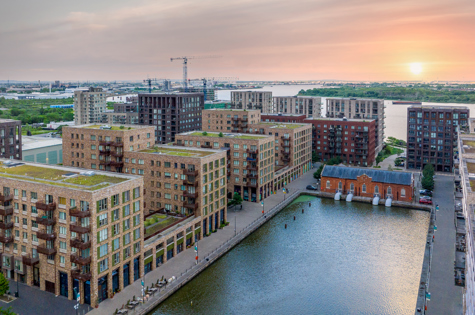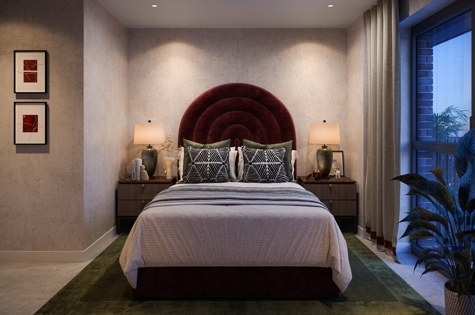Staircasing Shared Ownership
For many first-time buyers, shared ownership is an attractive option, offering a more affordable route onto the property ladder. But what happens after you’ve settled into your new home?
That’s where staircasing comes in—a process that allows you to gradually increase your ownership share in your property. Here’s a guide to help you understand how staircasing works and how it can benefit you, particularly if you’re considering or already living in a NHG shared ownership property.
What is Staircasing?
Staircasing is the process of purchasing additional shares in your shared ownership home. Over time, as your financial situation improves, you can buy more shares until you own 100% of the property. This final stage is known as “final staircasing.” Staircasing allows you to take gradual steps toward full homeownership, making it a flexible and manageable option for many buyers.
How Does Staircasing Work? There are two main staircasing models:
The Standard Model:
With this model, you can buy additional shares in increments of 10% or more. Each time you staircase, the price you pay is based on the current market value of your home, as determined by a RICS (Royal Institution of Chartered Surveyors) valuation. This model has been the traditional way to staircase and continues to be popular now.
The New Model (Introduced in 2021):
The new model offers more flexibility, allowing shared owners to staircase by 1% annually for up to 15 years. This option is particularly beneficial for those who want to increase their ownership incrementally without committing to larger shares at once. You can also still staircase under the standard model with the new minimum share requirement reduced from 10% to 5%.
Staircasing Costs and Considerations
When staircasing, it’s important to be aware of the costs involved. These can include valuation fees, legal fees, and stamp duty (depending on the size of the share you’re purchasing). The overall cost of staircasing will depend on the current value of your home and the size of the share you’re buying. NHG offers guidance and support throughout the staircasing process, helping you understand the financial implications and plan accordingly.
Benefits of Staircasing
Staircasing offers several benefits. By increasing your share, you’ll reduce the amount of rent you pay on the remaining share owned by the housing association. Eventually, if you staircase to 100%, you’ll own your home outright and no longer need to pay rent. This can provide greater financial security and more freedom to make decisions about your property.
Downsides and Limitations
It’s also important to consider the potential downsides of staircasing. For example, some properties may have restrictions, such as staircasing caps that limit your ability to purchase more than a certain percentage (often up to 80%)—this is more common in rural areas. Additionally, the cost of staircasing can add up over time, especially if property values rise. This is why it is important not to rush or attempt to commit to too much, too quickly.
How to Get Started with Staircasing
If you’re interested in staircasing, the first step is to contact NHG to discuss your options. We’ll guide you through the process, including arranging a valuation and providing details on the next steps.
Whether you’re looking to staircase a little or a lot, having a clear understanding of the process will help you make informed decisions about your future in your home.
Staircasing is a powerful tool that allows shared owners to take control of their homeownership journey at their own pace. With the right approach and support, it can be a rewarding step towards full ownership of your home.









